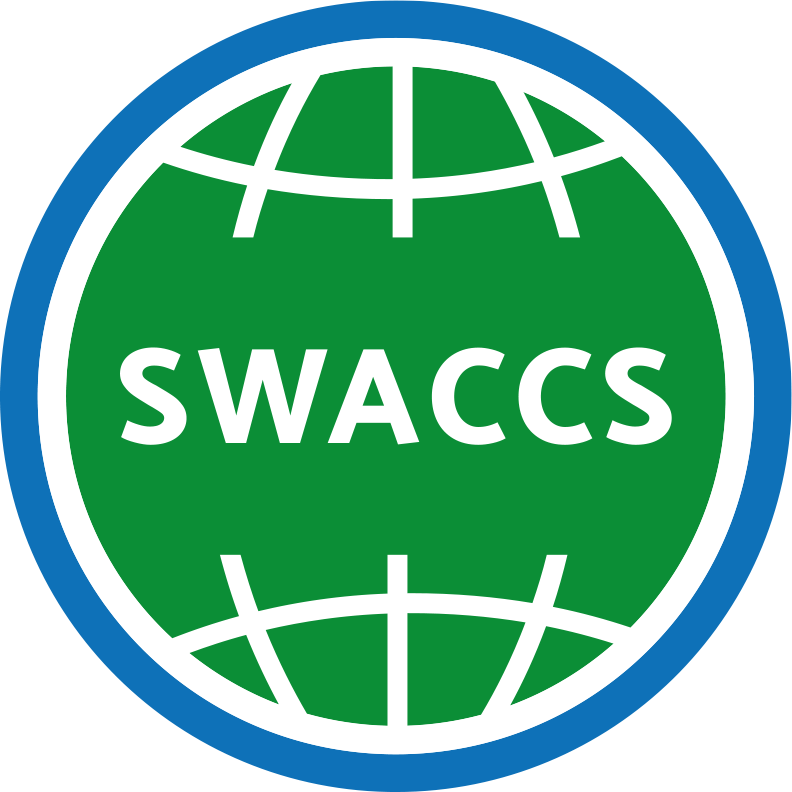SWACCS workshop: Chemical mixtures – where do we stand, what’s next?
16 DECEMBER @ Stockholm University
The Swedish Academic Consortium for Chemical Safety (SWACCS) welcomes you to a first SWACCS December workshop (successor of the Swetox annual workshop) entitled “Chemical mixtures – where do we stand, what’s next?”. SWACCS has since January 2019 taken over the role of Swetox with the ambition to join forces in the fields of chemicals, environment and human health. A major aim is to create openings for networking and interdisciplinary science bringing together researchers, policy makers and stakeholders from authorities, industry and civil society.
Exposure of complex chemical mixtures and related health effects has been recognized as a pressing issue in the field of risk assessment that requires novel strategies and transdisciplinary approaches. On the first SWACCS December workshop we will address this issue. The aim is to introduce the current state and ongoing research projects and then proceed to discussions on how to move forward research and science to policy efforts in this field.
Presentations include the governmental investigation on chemical mixtures launched in October this year by Professor Christina Rudén (SU and head of the investigation) as well as speed-talks of recently funded Formas-projects addressing the topic. They will be followed by sessions for discussions and networking.
Schedule
10:00 Welcome from Swaccs
10:10-12:00 Speed talks by PIs of Formas funded projects in “Nontoxic environment 2018 – combination effects”
Anders Glynn, SLU – ”Combination effects of toxic chemical compounds and elements on child/adolescent health - an integrated epidemiological and bioactivity testing approach”
Jana Weiss, SU – ”Risk modeling of mixtures of endocrine disrupting chemicals relevant to human exposure, using zebrafish (Danio rerio) embryo as model organism (RiskMix)”
Maj Rundlöf, LU – ”Exposure and effects of chemical mixtures on bees (MixToxBee) - supporting pesticide monitoring and bee risk assessment”
Jonathan Martin, SU – ”Toxicity of personalized contaminant mixtures in human blood by nontarget exposomics and high-throughput in vitro screening”
Petter Melin, RISE – “Smart, benign and synergistic antifouling cocktails for achieving a non-toxic environment: formulation and ecotoxicological evaluation"
Stretch your legs
Oskar Karlsson, SU – “The chemical exposome and male reproduction: sperm alterations and effects on child health”
Johan Lundqvist, SLU – ”Effect-directed analysis as a tool towards a non-toxic environment - identification of mixture effects and toxicity drivers in water (DANTE)”
Maria Kippler, KI – ”A systems toxicology-based approach to reveal early-life dysregulation of body functions by combined exposures to toxic metals”
Carl-Gustaf Bornehag, KAU – ”RACH-Mix, New tools for risk assessment of chemical mixtures”
Pauliina Damdimopoulou, KI – “Phthalates in female reproduction –impact of mixture composition on hazard characterization”
12:00 LUNCH with sandwiches
13:00-13:15 Annika Hanberg, KI - “European Partnership for Chemical Risk Assessment”
13:15-14:30 Group discussions: Knowledge gaps and challenges in chemical mixture research
14:30 COFFEE BREAK with fruit
15:00-16:10 Plenary discussion based on the group work achievements
16:10-17:00 Presentation and discussion of “The governmental investigation regarding combination effects and group wise assessment of chemicals: From word to action”, Christina Rudén, ACES, SU
17:00 Concluding remarks
